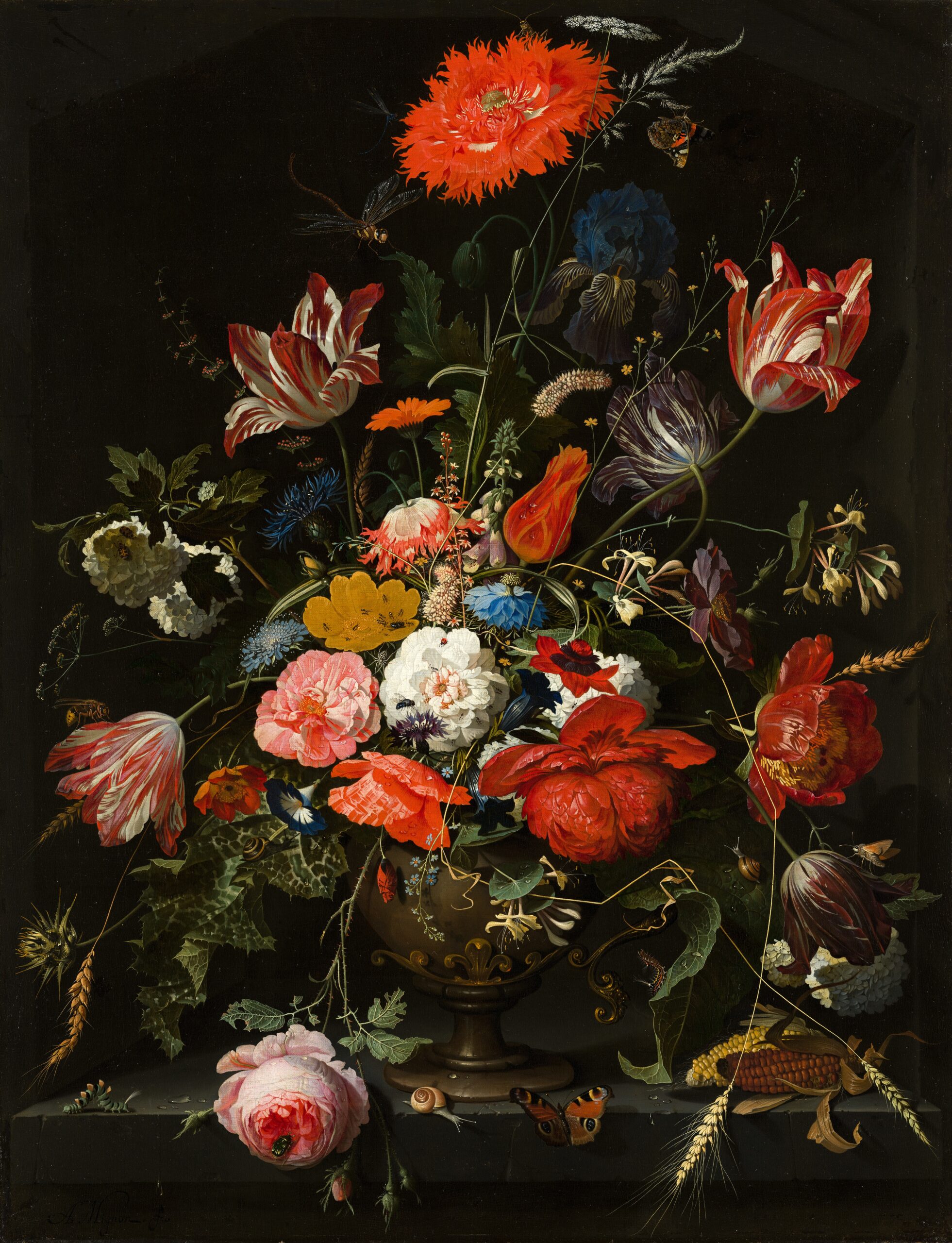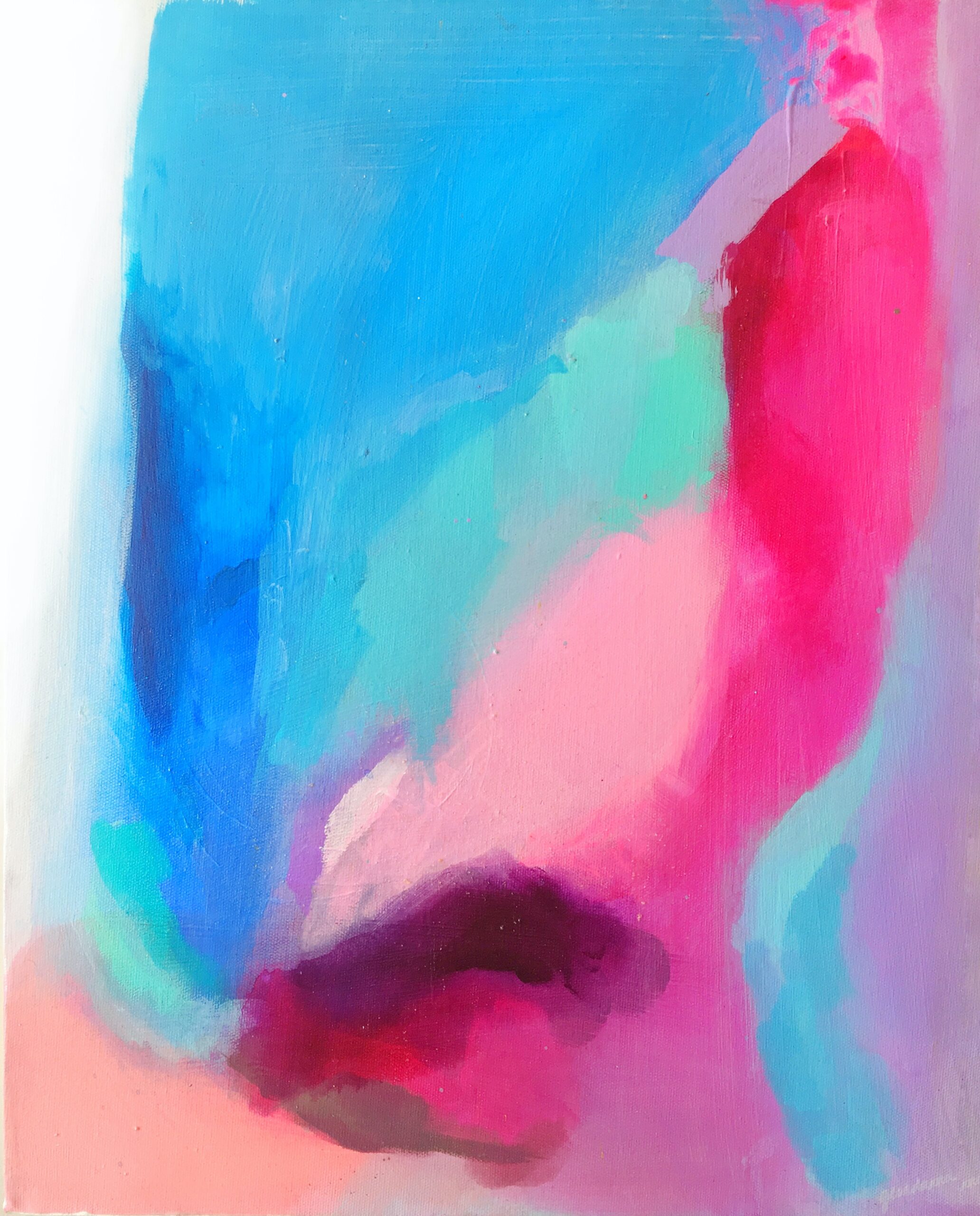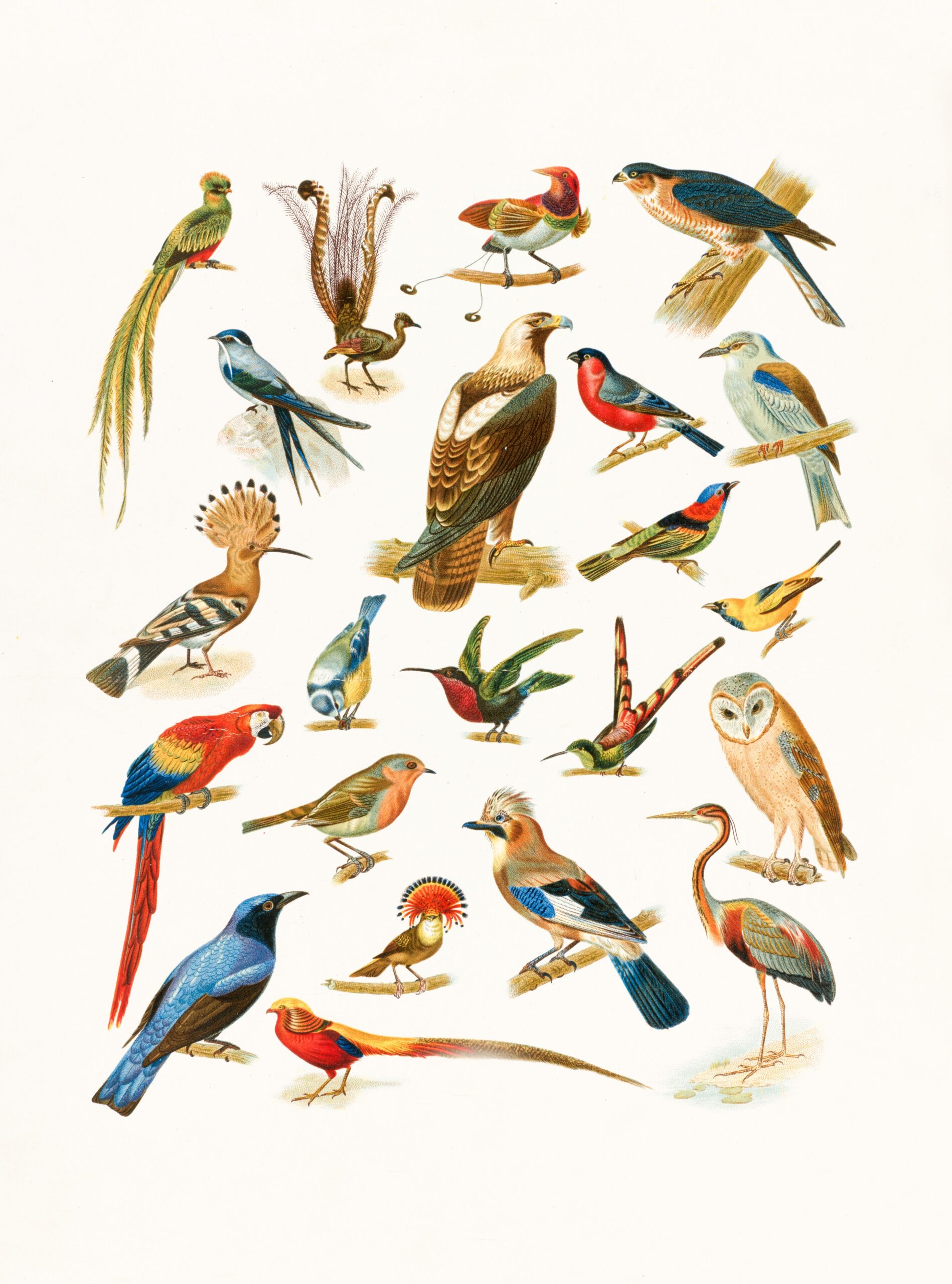
Artificial intelligence (AI) has revolutionized many industries, and the world of art is no exception. With advancements in technology, AI is now capable of creating stunning artwork that rivals that of human artists. However, this brings up an intriguing question: can AI art be copyrighted? As AI’s creative capabilities continue to grow, the issue of ownership and intellectual property becomes increasingly complex. In this article, we will explore the challenges surrounding AI art and the potential implications for copyright law.
Can AI Art Be Copyrighted?
Artificial intelligence (AI) has pervaded numerous aspects of our lives, from voice assistants to autonomous vehicles. It comes as no surprise that AI has also made its mark on the world of art. AI-generated artwork, often referred to as AI art, has gained significant attention in recent years. However, this technological innovation raises important questions regarding copyright. Can AI art be copyrighted? In this article, we will delve into the complexities surrounding AI art and copyright law, exploring the challenges, debates, and potential solutions.

Defining AI Art
Before diving into the intricacies of copyright law, it is essential to understand what AI art is. AI art encompasses any artwork generated or created with the aid of artificial intelligence. This includes pieces designed or altered by AI algorithms, machine learning models, or other computational methods that emulate human creativity. From paintings and sculptures to music and poetry, AI has demonstrated the potential to mimic human artistic expression.
Understanding Copyright
Copyright is a legal framework that grants creators exclusive rights over their original works, allowing them to control its reproduction, distribution, and adaptation. The protection offered by copyright law encourages artistic creativity and provides artists with the incentive to share their creations with the world, while also protecting their economic interests.
To qualify for copyright protection, a work must meet certain criteria. It must be original, meaning it originated from the author’s own intellectual effort and not copied from existing works. Additionally, the work must exhibit a sufficient degree of creativity, showing the author’s expression and not simply being a mechanical reproduction.
The Role of Creativity and Originality
Creativity and originality are fundamental elements of copyright protection. However, when it comes to AI-generated artwork, determining the level of human input and creativity can be challenging. While AI algorithms are capable of producing stunning pieces, their ability to create independently raises doubts about the embodiment of human creativity in AI art.
Unlike traditional art, where artists consciously make creative decisions, AI art involves a more complex process. Artists may train AI systems to analyze extensive datasets, learn patterns, and generate original compositions. In this context, the AI itself becomes a co-creator, blurring the lines of authorship and originality.
Human versus AI Artistic Expression
The question arises: should creative works produced by AI algorithms be considered on par with human-generated art? The answer is not straightforward. AI art possesses both similarities and differences when compared to traditional artwork. While AI can produce aesthetically pleasing creations that evoke emotions, critics argue that it lacks the depth of personal experience and emotional expression that human artists bring to their work.
However, it is important to acknowledge that AI art can also open new avenues for artistic exploration. By leveraging vast amounts of data, AI algorithms can generate novel and unconventional compositions that may push the boundaries of traditional artistic techniques. This unique blend of human and machine creativity adds a fascinating dimension to the art world.

Challenges in Copyrighting AI Art
Copyright law, as it stands today, struggles to address the complexities posed by AI art. Existing laws mainly focus on human creators and do not explicitly account for works generated by non-human entities. It becomes challenging to determine who should be granted copyright ownership when AI is involved in the artistic process.
One of the primary challenges lies in establishing the human author’s contribution to AI art. How much influence should the human artist have over the AI algorithm’s artistic decisions for copyright protection to be granted? This dilemma raises questions about the level of control and the point at which human input becomes minimal.
Case Law and Precedents
While AI art is a relatively new phenomenon, some legal cases provide insights into the copyright protection of AI-generated works. For instance, in 2018, a debate sparked when an AI-generated artwork named “Portrait of Edmond de Belamy” sold at auction for approximately $432,500. This raised questions about ownership and authorship, as the artwork was attributed to the algorithm.
Currently, legal systems primarily assign copyright to human creators, meaning AI-generated works may have no legal protection. However, the decisions made in such cases will inevitably shape and influence future copyright law and its application to AI art.

The Debate on Authorship and Ownership
The question of authorship and ownership of AI art has fueled passionate debates among legal scholars, artists, and technology experts. Some argue that AI algorithms should be considered as mere tools used by humans, implicating that the human artist retains full copyright protection. Others propose extending copyright to AI systems, enabling them to “own” their creations while emphasizing the collaboration between machines and humans.
Alternatively, some suggest a hybrid model, where both the human artist and the AI system are considered joint authors, sharing copyright ownership. This perspective acknowledges the creative contribution of both entities, reflecting the collaborative nature of AI-generated artwork.
Protecting AI Artists’ Rights
Ensuring the protection of AI artists’ rights is crucial to facilitating innovation and fostering creativity in the field of AI art. While traditional copyright law faces challenges in this regard, alternative approaches can be explored. One possibility is the creation of specific legal frameworks tailored to AI-generated works. These frameworks could establish a fair and balanced approach, considering the unique characteristics of AI art.
Another potential solution lies in expanding the notion of copyright to encompass non-human entities, such as AI algorithms. Granting AI systems certain rights would not only protect their creations but also provide a legal avenue for licensing and commercializing AI-generated artworks.
Alternative Approaches to Intellectual Property
Beyond copyright, alternative intellectual property protection mechanisms can be considered for AI art. For instance, a sui generis right exclusively designed for AI-generated works could be established. This sui generis system would provide AI artists with legal protection while accounting for the distinct nature of these creations.
Furthermore, open-source licensing models could be explored, allowing AI-generated art to exist in the public domain while still protecting the interests of human artists who utilize AI tools. This approach would foster collaboration and enable the widespread use and development of AI-generated art without restrictive copyright limitations.
Future Implications and Recommendations
As AI continues to advance and its impact on the art world deepens, it is crucial to proactively address the legal and ethical aspects surrounding AI art. The unfolding debate on copyright and AI-generated artwork requires interdisciplinary collaboration involving artists, legal experts, AI researchers, and policymakers.
To navigate these uncharted waters successfully, it is essential to establish a balanced approach that recognizes the creative contributions of both human artists and AI algorithms. This approach should aim to protect AI artists’ rights while ensuring that copyright laws evolve to reflect the complexities of AI art.
In the ever-evolving landscape of AI and creativity, one thing remains clear: the future of AI art and copyright law will be shaped by the collective efforts of individuals from various domains, driven by their passion for art and their commitment to safeguarding artistic expression in the digital age.



